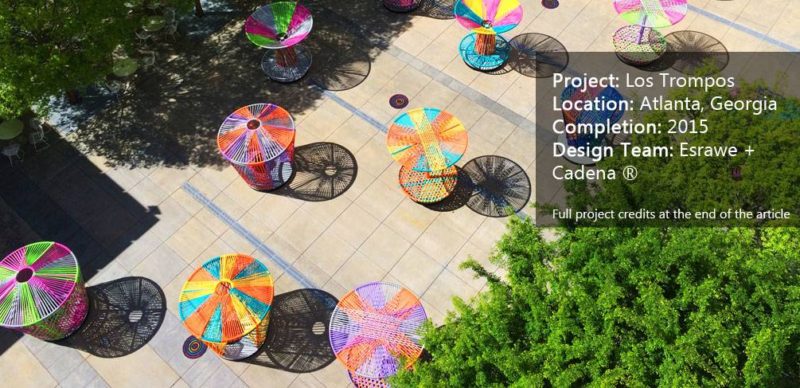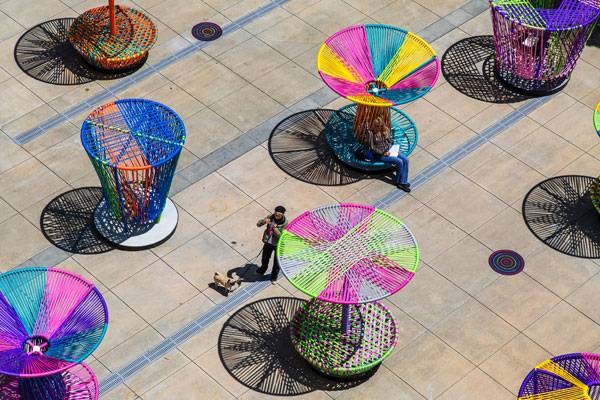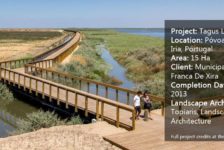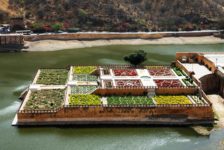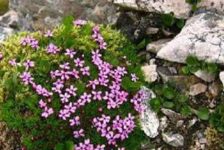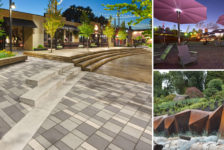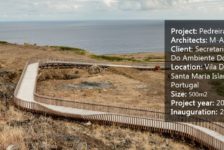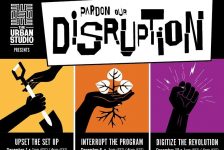Los Trompos, by Héctor Esrawe & Ignacio Cadena, High Museum Atlanta, Atlanta, Georgia. “Should we take the ‘ground’ out of ‘playground?’” That is the question posed by scientist and landscape historian Paige Johnson, so that the idea of play can be extended throughout the city and we can have play opportunities throughout the space we move through. The desire to broaden the playground to include more locations and ages can be seen in the increased focus of museums and public spaces on play. One such space is in Carroll Slater Piazza inside the High Museum of Art in Atlanta, where Los Trompos has been housed since April 2015. Designed by Esrawe and Cadena — two of the leading designers in Mexico today — the “Spinning Tops” are the second-stage project after Mi Casa Su Casa – the red hammock houses. This work is part of a multi-year initiative to activate the outdoor space by engaging visitors. And as you will see in this article, this happened within the idea of play design.
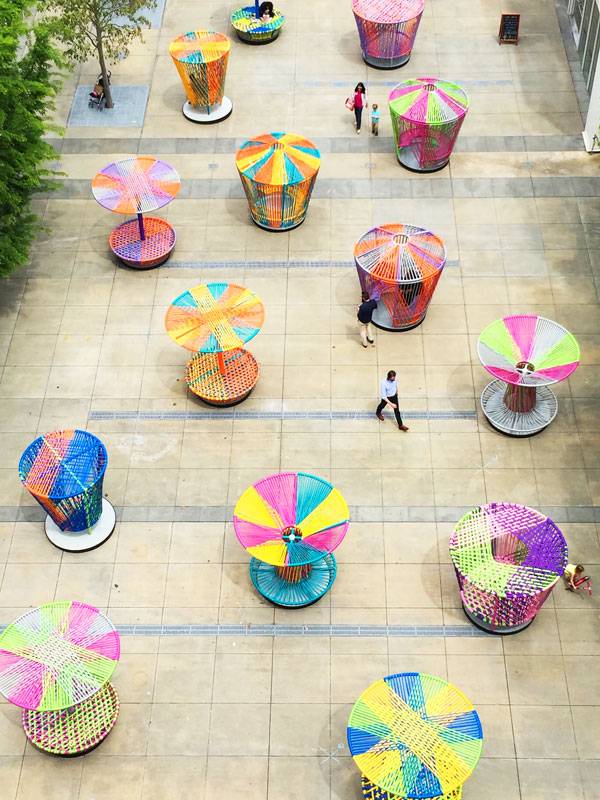
Los Trompos. Photo credit: Esrawe+Cadena
General Context and Inspiration Source
Besides the fact that Los Trompos is a response to the desire to extend the playground to different ages and locations, we ask ourselves about a deeper meaning of the idea of play design. In a globalized world where speedy travel, mass communication, and information influx among countries are taken for granted, traditions and cultural inheritances are becoming anchor points and key elements in maintaining the whole globalization-machine.
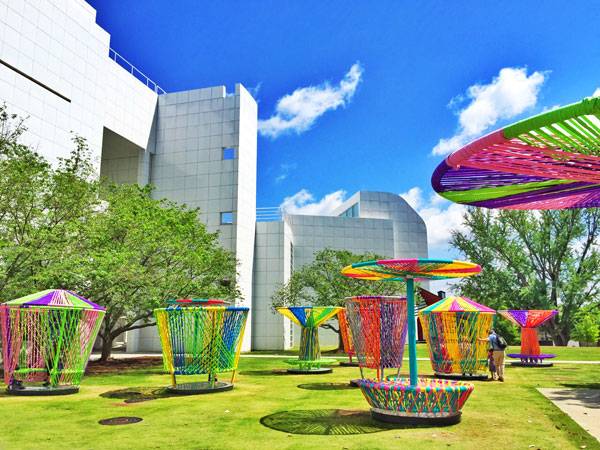
Los Trompos. Photo credit: Esrawe+Cadena
- 10 Top Examples of Land Art From Around the World
- Can Art Revive a Dead Urban Space?
- Mind Blowing Snow Art – A New Way to Think of Snow
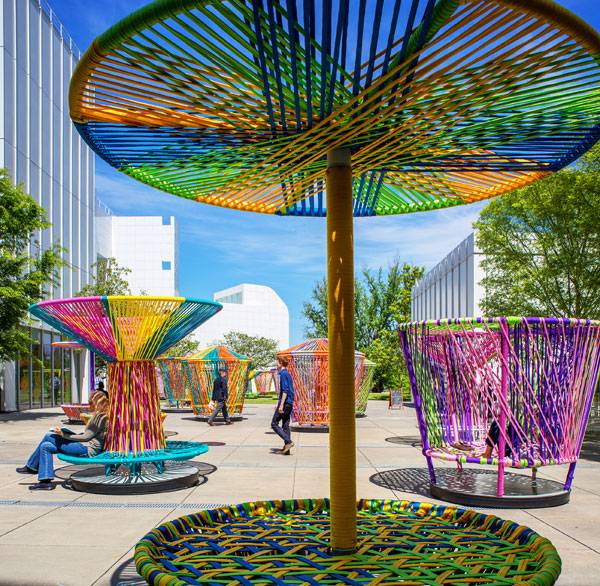
Los Trompos. Photo credit: Jonathan Hillyer
1. Tradition – “We love our country, our people, and our roots”
The design concept of Los Trompos rests upon a popular toy for children around the globe and on Mexican cultural inheritances. Spinning tops have existed since antiquity, and they are toys designed to be spun rapidly on the ground. The “larger-than-life” spinning tops designed by Esrawe and Cadena are also reminiscent of Mexican tradition and the skills of local craftsmen: the weavers. Within their colorful expression and way of construction, they remind the visitors of the Mexican potpourri in clothing and flavor.
By extending the idea of play, trace elements of Mexican traditions were brought before a global public. The designers chose to express these colorful surfaces wrapped up in childhood emotions through the nylon as chief material, making Los Trompos ideal for frequent use. Nylon has a high strength and is a good shock absorber. Furthermore, it doesn’t deteriorate with age, it’s twice as strong as natural fiber, and it has a good resistance to ultraviolet light, making it more useful for outdoor activities and adventures. The flat nylon ropes are woven in a traditional Mexican style on a steel structure.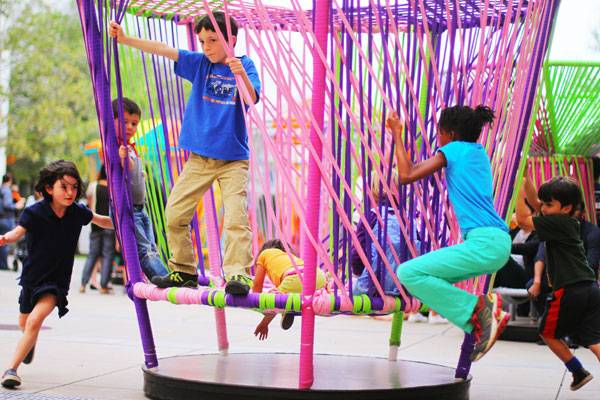
Los Trompos. Photo credit: Abel Klainbaum
2. Openness – “What we aim for the most is to translate this inheritance into new languages”
The cultural inheritance represented as an anchor point on a global level has nevertheless to be opened. It has to be understandable for others who aren’t local. In order to understand a cultural inheritance, locals have to translate meanings, shapes, and values. That means having the openness to share with other people.
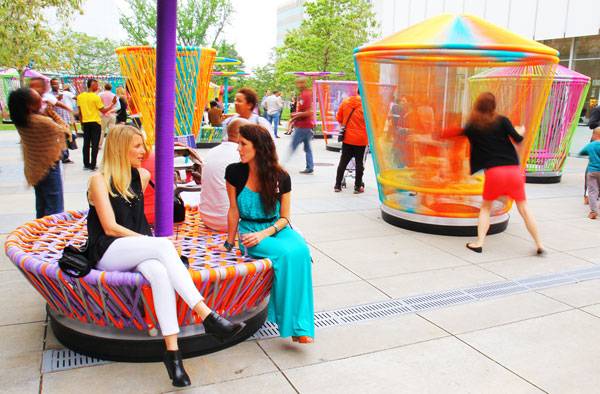
Los Trompos. Photo credit: Abel Klainbaum
3. Interaction – “Share with different cultures and different individuals”
The translated Mexican cultural inheritances through Los Trompos are fostering an interaction among people from around the world who are visiting the High Museum of Art in Atlanta, as well as between the people and the designed structures. It’s not only about enjoying recreation, but also about social interaction. The tops will only spin when at least two people cooperate, fostering an engaging connection. In these carousels, visitors can work together to spin. By interacting with the spinning tops, visitors can understand the Mexican culture better and also become part of it.
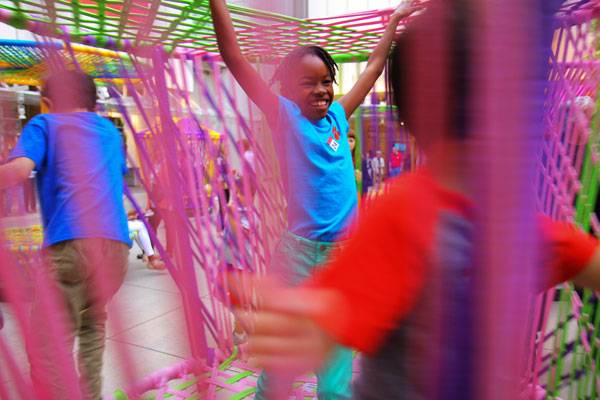
Los Trompos. Photo credit: Abel Klainbaum
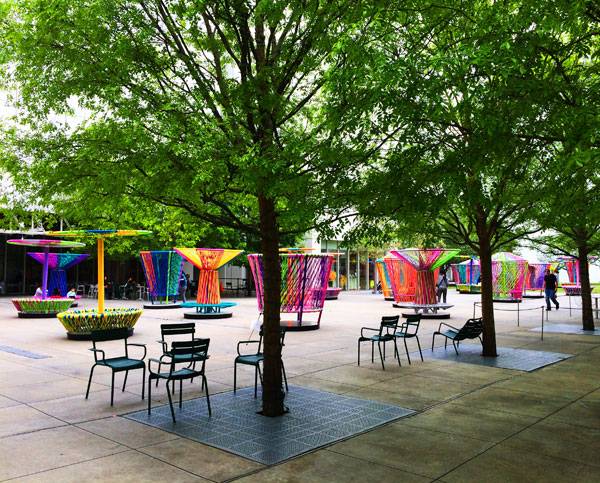
Los Trompos. Photo credit: Esrawe+Cadena

Los Trompos. Photo credit: Esrawe+Cadena
Full Project Credits For Los Trompos
Project: Los Trompos Location: Atlanta, Georgia Completion: 2015 Concept & Creative Direction: Héctor Esrawe & Ignacio Cadena Design Team: Esrawe + Cadena ® Project Management: Javier García-rivera, Ricardo Bideau Operational Coordination: Alberto López Monzón Production Steel Structure: Mario Alberto Gómez – Magsa Woven: Israel Castañeda Becerril – Cbi, Rogelio Castañeda Becerril. Prototype: Gerardo Domínguez. Esrawe + Cadena ® Team. Alberto López Monzón, Alejandro Flores, Arturo Bonilla, David Flores,Javier García-rivera De La Plaza, Jorge Castruita, Moises Gonzálezl, Ricardo Bideau, Sofía Centeno Photography: Abel Klainbaum, Esrawe + Cadena, Jaime Navarro, Jonathan Hillyer Website: www.esrawe.com High Museum Of Art Team Curators: Sarah Schleuning, Curator Of Decorative Arts And Design. Virginia Shearer, Eleanor Mcdonald Storza Director Of Education Project Manager: Elizabeth Riccardi, Coordinator Of Collections And Exhibitions Installation Team: Brian Kelly, Chief Preparator. Gene Clifton, Senior Preparator. Ed Hill, Preparator. Caroline Prinzivalli, Preparator. Tommy Sapp, Preparator. Jim Waters, Senior Exhibition Designer Assistants: America Salomon, Education Department Assistant. Melissa Maichele, Research Assistant, Decorative Arts And Design Recommended Reading:
- Urban Design by Alex Krieger
- The Urban Design Handbook: Techniques and Working Methods (Second Edition) by Urban Design Associates
Article by Ruth Coman Return to Homepage
Published in Blog

